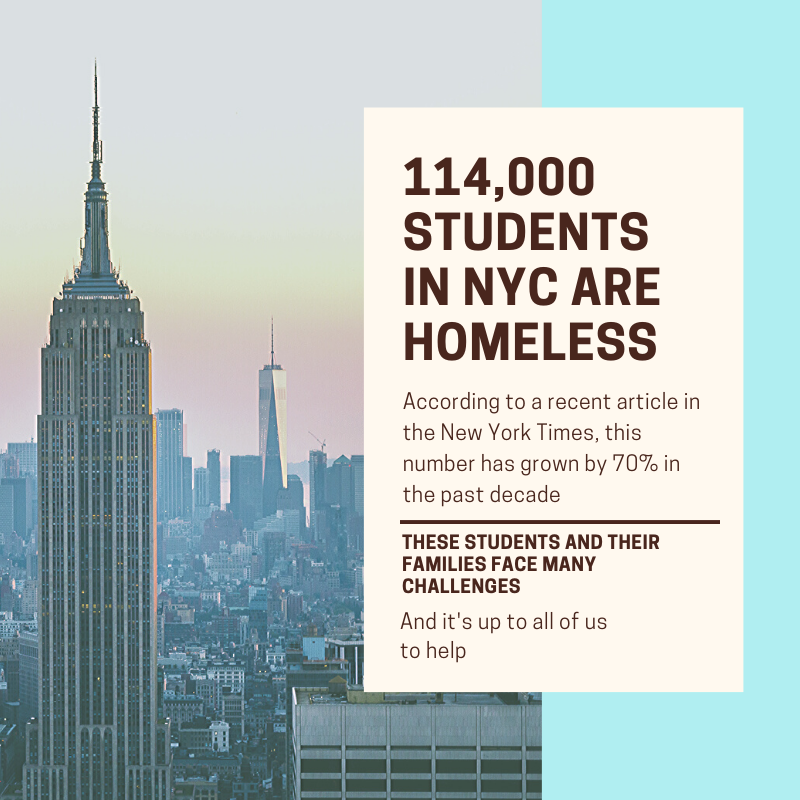And how programs like Read Ahead can help

114,000 Students in N.Y.C. are Homeless. These Two Let Us Into Their Lives
The number of homeless or housing insecure children in New York City schools is staggering – over 114,000 this year, or one in ten of all students enrolled. To put this in perspective, this is equivalent to more than double the total number of children enrolled in public school in Boston. And according to a recent report from the Institute for Children, Poverty, and Homelessness, half of all homeless children in New York City are in elementary school.
The New York Times recently profiled two of these children, and if you haven’t had a chance to check it out, please do – the story includes powerful photos of Darnell, age 8, and Sandy, age 10, as they face the challenges of a typical school day. It’s an intimate look at how two families struggle to do what’s best for their kids, even in the most challenging circumstances. As the author, Eliza Shapiro, said, it takes a lot of “effort, help and luck…for homeless children to have a shot at a decent education.”
The effects of homelessness and poverty impact more than just where children sleep at night
During Read Ahead’s annual training sessions for new mentors, one of the first things we discuss is how poverty can negatively impact children’s development at a critical young age. Beyond just the physical lack of essentials, the stress induced by poverty can have a lasting negative impact on children’s social-emotional growth, academic performance, and life trajectory.
Elementary school children who are homeless are more than twice as likely to be chronically absent from school, and are significantly more likely to struggle academically in English Language Arts and math (source). These problems can persist well beyond elementary school, with one in six homeless high school students dropping out prior to graduation.
Read Ahead can be part of the solution
The bright spots in Darnell’s and Sandy’s school days included time spent with caring and trusted adults, such as a favorite teacher or a coach, and it’s easy to understand why this is the case. We know from research in the fields of mentoring and education that consistent support from a caring adult can help children learn academic and social-emotional skills, cope with the stress and challenges of everyday life, and develop healthy behaviors.
At some Read Ahead partner schools, as many as 20% of the student population is living in temporary housing. The school community is especially important for these children, and one of the pieces of feedback we often hear from our school partners is how much children enjoy and look forward to seeing their Read Ahead mentors each week.
As one of our partner teachers recently shared, “For many of our students, school is the most stable environment they have in their lives. Your mentors add a HUGE piece of that stability. I hope they know how much we appreciate what they are doing for our students.”

Supporting our students and schools
The challenge of student homelessness is complex, and will require all of us to work together toward a long-term solution. In the meantime, our students and schools need resources now, and for Read Ahead this means striving to pair as many children with caring and consistent mentors as we can.
To our mentees and school partners: Thank you for welcoming us into your lives (and your lunch hours!) week after week. We believe in you, and we’re here to support you.
And to our mentors: Thank you for taking time out of your busy schedules for reading, fun, and conversations with our incredible kids. You are making a difference.
